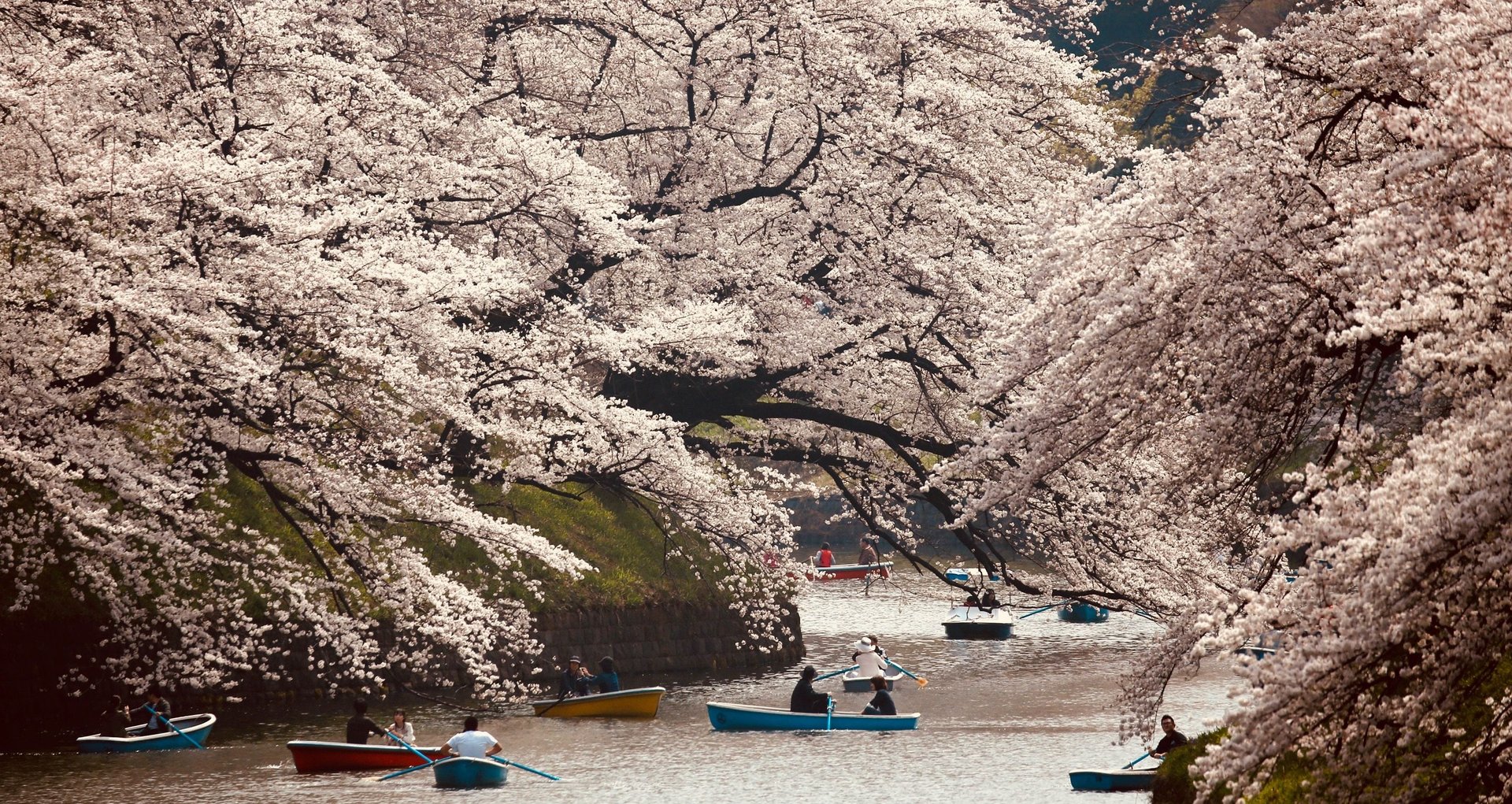Confused by typhoons, Japan’s cherry blossoms are blooming in autumn
Every spring, cherry blossoms bloom in Japan, and it is an occasion for national celebration. Picnics, picture-taking, parties, and excursions to observe the trees in all their ephemeral glory abound. The traditional nature festivities are enjoyed by people of all ages and visitors from around the world who come to enjoy hanami, or flower viewing.


Every spring, cherry blossoms bloom in Japan, and it is an occasion for national celebration. Picnics, picture-taking, parties, and excursions to observe the trees in all their ephemeral glory abound. The traditional nature festivities are enjoyed by people of all ages and visitors from around the world who come to enjoy hanami, or flower viewing.
However, when the trees bloom in fall—as an unusually large number of them have done this season—it could be cause for concern. Due to extreme weather and a slew of recent typhoons, most notably the destructive Typhoon Jebi, which hit in early September, it seems some iconic trees have grown confused, sprouting flowers off-schedule.
While the phenomenon is not unheard of, it seems lots of trees have bloomed very early in Tokyo this autumn. As Hiroyuki Wada of the Flower Association of Japan told broadcaster NHK, “This has happened in the past, but I don’t remember seeing something of this scale.”
Wada posits that warm weather caused by typhoons may have confused the trees. He notes, too, that many trees lost their foliage during storms and the leaves of the cherry blossom tree release a hormone that prevents budding except in spring. The trees only bloom once a year, so an autumnal display bars the traditional spring blossoms from appearing on the same tree.
The meteorological company Weathernews says that more than 300 individuals in Tokyo have reported autumnal blossoms, although it’s not clear the extent to which these reports overlap. Wada says that the traditional viewing season should not be seriously impacted by the unusual display of blossoms.
The cherry blossom forecast, published annually by the Japan Meteorological Corporation, has not yet been released for 2019. Kyuhoshi, a travel website, says, “This year, sakura have bloomed earlier than average.”
Traditionally, the sakura-viewing celebrations were meant to highlight the temporal beauty of nature. The flower viewing parties are believed to have started in the eighth century in Kyoto, initiated by the emperor Saga, who would hold picnics under the springtime blossoms. The festivities began in the daytime and sometimes continued late into the night, as guests enjoyed sake and the sight of the blooms by the light of the moon.
Extreme weather adds a new twist to the traditional reasoning behind appreciating the cherry blossoms mother nature offers. Now we know that her beauty is not only transient, a treat to be appreciated when she deigns to share her gifts on a brief annual basis, but that she is also surprising. Her delights may come when they are not expected and her treasures, it seems, are not always bound by strict schedules.